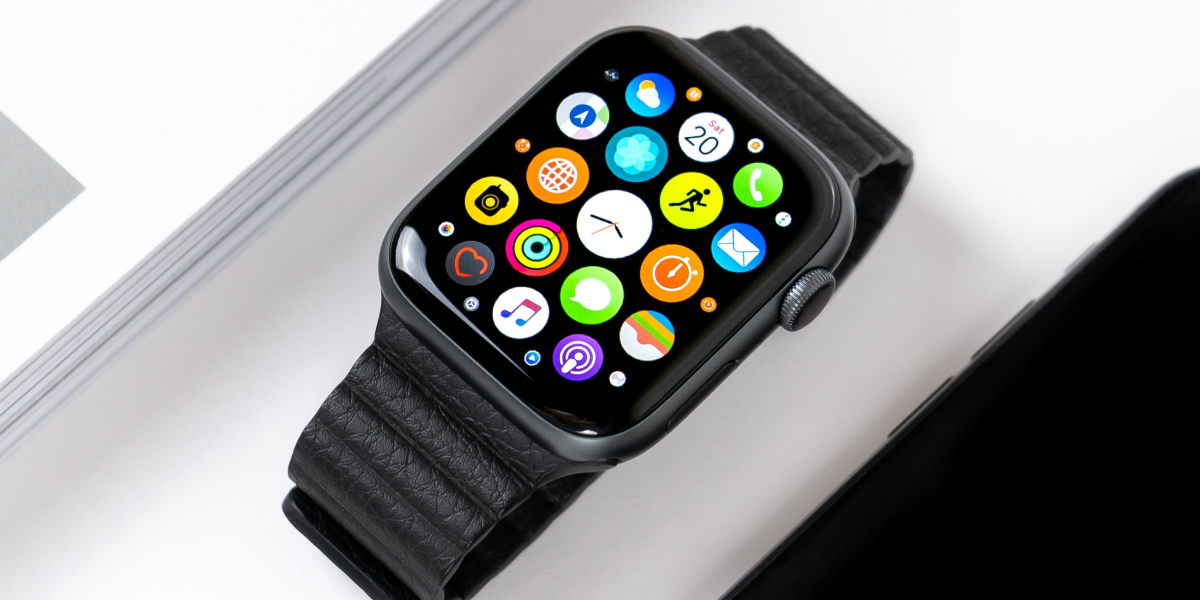A Q&A with INFO Associate Professor Eun Kyoung Choe

Personal health tech can help people monitor and manage their health, but the blind and low-vision community face numerous barriers. They can’t access many of the features that sighted people can, making it harder to keep track of their health data. We spoke with College of Information Studies (INFO) Associate Professor Eun Kyoung Choe, coauthor of a new study that investigated how blind and low-vision people collect and use their personal health data, about making personal health tech accessible to everyone. Other investigators involved in the study are Jarrett G W Lee (INFO), Kyungyeon Lee (CMNS), Bongshin Lee (Microsoft Research), Soyoung Choi (University of Illinois at Urbana-Champaign), and JooYoung Seo (University of Illinois at Urbana-Champaign). This study was made possible through the cooperation of the National Federation of the Blind.
What inspired you to investigate the accessibility challenges faced by blind and low-vision (BLV) people?
The inspiration for our research came from recognizing that personal health technologies, while transformative for many, are often not designed with BLV individuals in mind. Current design approaches can unintentionally leave out a significant portion of our population, specifically the blind and low-vision (BLV) community. We were deeply concerned that this oversight could exacerbate existing health disparities. Thus, we felt a strong motivation to investigate the unique experiences, needs, and challenges of BLV people when it comes to tracking their personal health data. Our goal was to bring attention to these challenges and inspire technology companies and accessibility researchers to improve the design of these technologies to ensure they are inclusive and accessible for everyone.
Can you explain why it’s important to understand the personal health data tracking and usage practices of BLV individuals in the context of health disparities?
Understanding the personal health data tracking and usage practices of BLV individuals is crucial because it directly contributes to the ongoing discussion and efforts to address health disparities. As personal health technologies become more integral to healthcare management, if BLV individuals are unable to effectively use these technologies due to accessibility barriers, they may be disadvantaged in managing their health and well-being. This could exacerbate existing health disparities between the BLV population and the sighted population. By understanding their practices and needs, we can design more inclusive technologies that help to close these gaps, ensuring that all individuals, regardless of their vision capabilities, have equal opportunities to manage their health effectively.
What were some of the key findings from your study in terms of the obstacles that BLV individuals face while tracking and using their personal health data?
The key obstacles faced by blind and low-vision (BLV) individuals in tracking and using their personal health data include:
- Inaccessible Design: Most personal health technologies are designed for sighted users, using graphical interfaces and visual feedback that BLV people can’t easily access.
- Navigational Challenges: Many of the current health tracking apps have become a platform, laden with extra features and advertisements, which often create confusion and navigational difficulties for BLV users.
- Suboptimal Tracking Experiences: BLV individuals face challenges at all self-tracking stages, from finding the right tools to interpreting their data.
- Insufficient Benefits Against Extended Burden: The effort needed to use inaccessible technologies often outweighs their benefits, including finding work-arounds and dealing with poorly designed interfaces.
Can you discuss any specific examples of inaccessible designs in existing digital health technologies that may threaten equitable access to personal health data among individuals with disabilities?
Health technologies often provide feedback in the form of data visualizations, such as bar, line, and pie charts. These visuals are typically not accompanied by text descriptions, making it challenging for BLV users to interpret their own data. Also, many apps incorporate design elements that are oriented towards sighted users. For example, food and nutrition tracking apps use features like photo journaling and barcode scanning to capture data. These features are not designed with BLV users in mind and may be difficult or impossible for them to use.
Based on your study results, what are some recommendations for designing and developing personal health technologies that are more accessible to BLV individuals and can help promote health equity for all users?
To make personal health technologies more accessible to BLV individuals, designers should incorporate a human-centered, participatory design approach involving these individuals in the design process. The change in process can lead to creating accessible interfaces with features like text-to-speech, tactile feedback, and voice-command functionality. Simplifying app designs, minimizing unnecessary features, providing detailed and personalized text descriptions for visual data, and offering adequate training and support can further enhance accessibility.
- Faculty & Staff
- INFO News
- Profile
- Research News
- HCIM
- Info Design
- InfoSci College Park
- InfoSci CP + MIM
- InfoSci CP + MLIS
- InfoSci Shady Grove
- PhD
- Social Data Science
- Accessibility and Inclusive Design
- Human-Computer Interaction
- Human-Computer Interaction Lab (HCIL)
- Maryland Initiative for Digital Accessibility (MIDA)